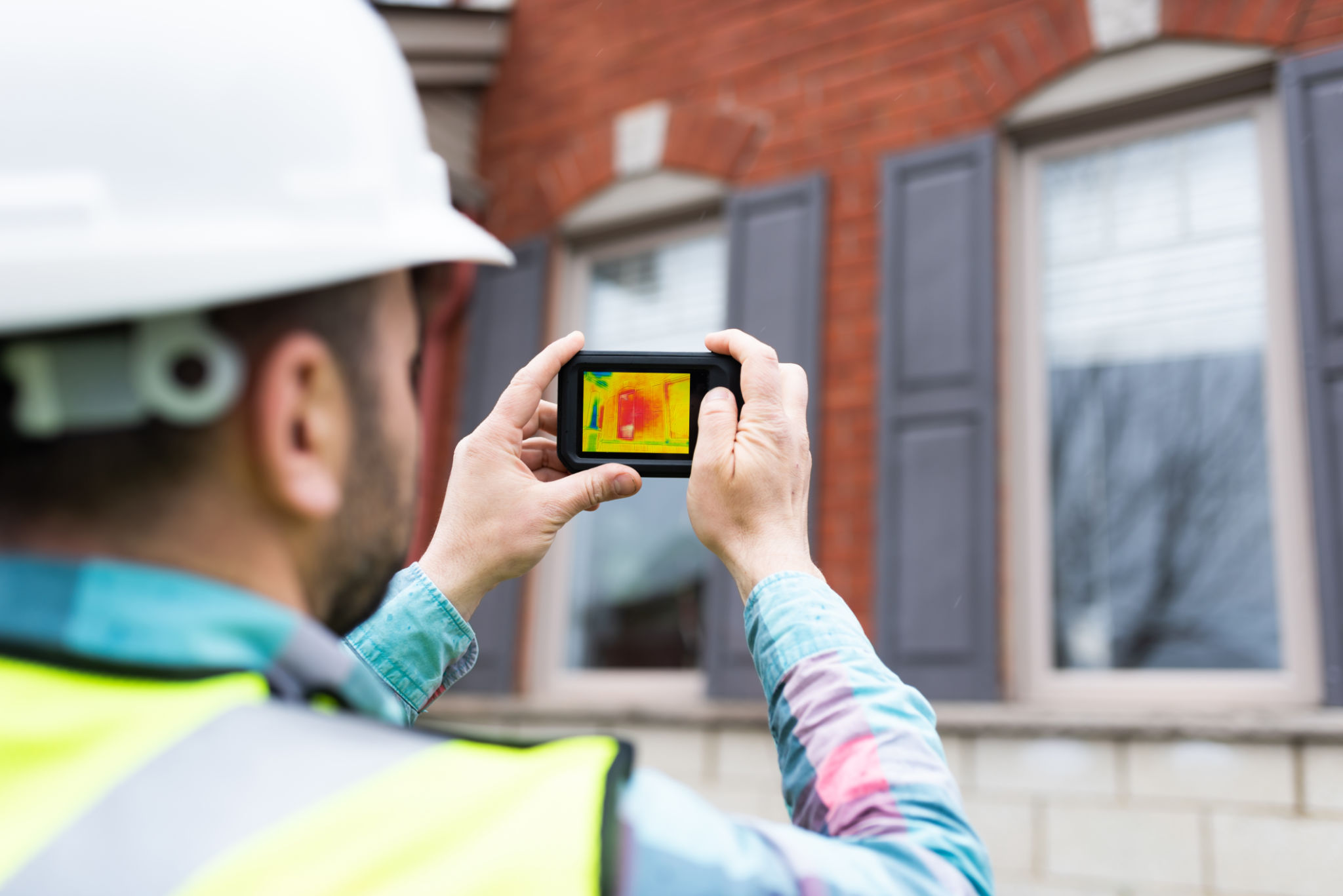Common Myths About Energy-Efficient Windows Debunked
Understanding Energy-Efficient Windows
Energy-efficient windows are an essential component in modern home designs, yet they are often surrounded by misconceptions. These windows are designed to minimize energy loss, reduce utility bills, and enhance home comfort. However, several myths persist, deterring homeowners from making informed decisions. In this blog post, we aim to debunk common myths about energy-efficient windows and shed light on their true benefits.

Myth 1: Energy-Efficient Windows Are Too Expensive
One of the most prevalent myths is that energy-efficient windows are prohibitively expensive. While it's true that they may have a higher initial cost compared to standard windows, the long-term savings on energy bills often justify the investment. Homeowners can recover the cost over time through reduced heating and cooling expenses. Moreover, many governments and utility companies offer incentives and rebates to offset the initial costs.
In reality, when considering the total cost of ownership, energy-efficient windows prove to be a financially sound choice. Not only do they reduce energy consumption, but they also increase property value and provide better insulation, leading to a more comfortable living environment.
Myth 2: Energy-Efficient Windows Are Not Durable
Another common misconception is that energy-efficient windows lack durability. However, most of these windows are constructed using advanced materials such as double or triple glazing, low-emissivity (Low-E) coatings, and robust frame materials. These features not only enhance energy efficiency but also improve the window's durability and lifespan.

Many manufacturers provide warranties that cover various aspects of the window's performance and durability, ensuring peace of mind for homeowners. By choosing reputable brands and professional installation, you can enjoy long-lasting benefits from your energy-efficient windows.
Myth 3: All Energy-Efficient Windows Are the Same
It's a common belief that all energy-efficient windows offer the same level of performance. This is far from the truth. Energy-efficient windows come in various types, each designed to meet specific needs and climates. Factors such as U-factor, solar heat gain coefficient (SHGC), and air leakage rate should be considered when selecting the right windows for your home.
By understanding these ratings and consulting with professionals, homeowners can choose windows that best suit their local climate and personal preferences. Tailoring your window selection can maximize energy savings and comfort levels throughout the year.

Myth 4: Energy-Efficient Windows Do Not Require Maintenance
While energy-efficient windows are designed to be low-maintenance, they are not entirely maintenance-free. Regular cleaning and inspection are necessary to ensure optimal performance and longevity. It's important to check for any seal failures or damage that could compromise their efficiency.
Routine maintenance helps maintain the aesthetic appeal of your windows while ensuring they continue to provide energy savings. Simple cleaning with mild detergent and water, along with periodic inspections, can significantly extend the life of your windows.
The Benefits of Debunking These Myths
By debunking these myths, homeowners can make informed decisions about incorporating energy-efficient windows into their homes. Understanding the true benefits, costs, and maintenance requirements allows for a more accurate assessment of their value. Energy-efficient windows not only contribute to a greener environment but also enhance home comfort and reduce energy costs.
In conclusion, while misconceptions about energy-efficient windows persist, being equipped with factual information empowers homeowners to invest wisely in their properties. Embrace the benefits of energy efficiency and enjoy a more sustainable and comfortable living space.
